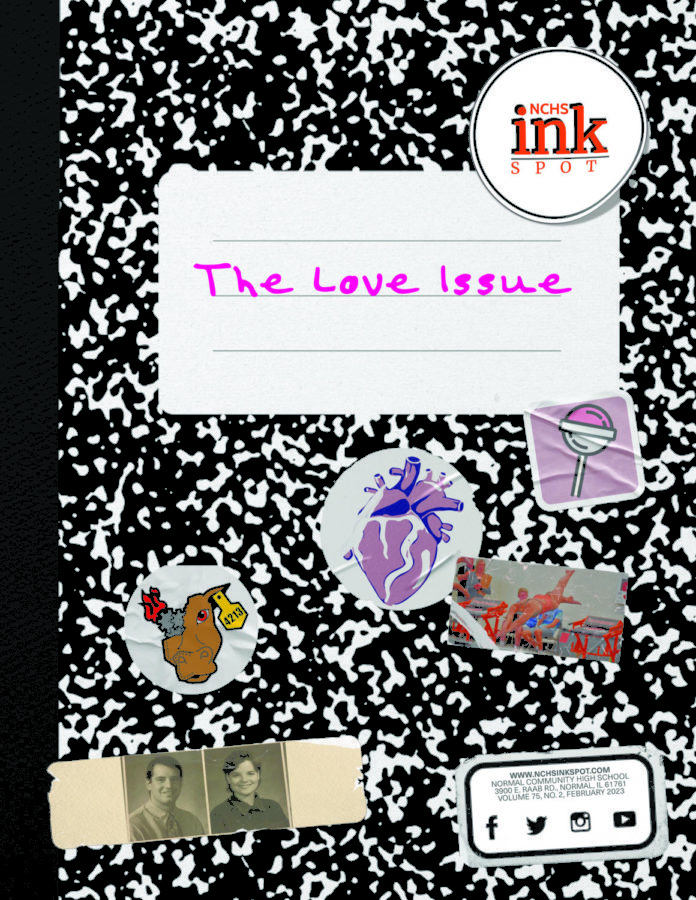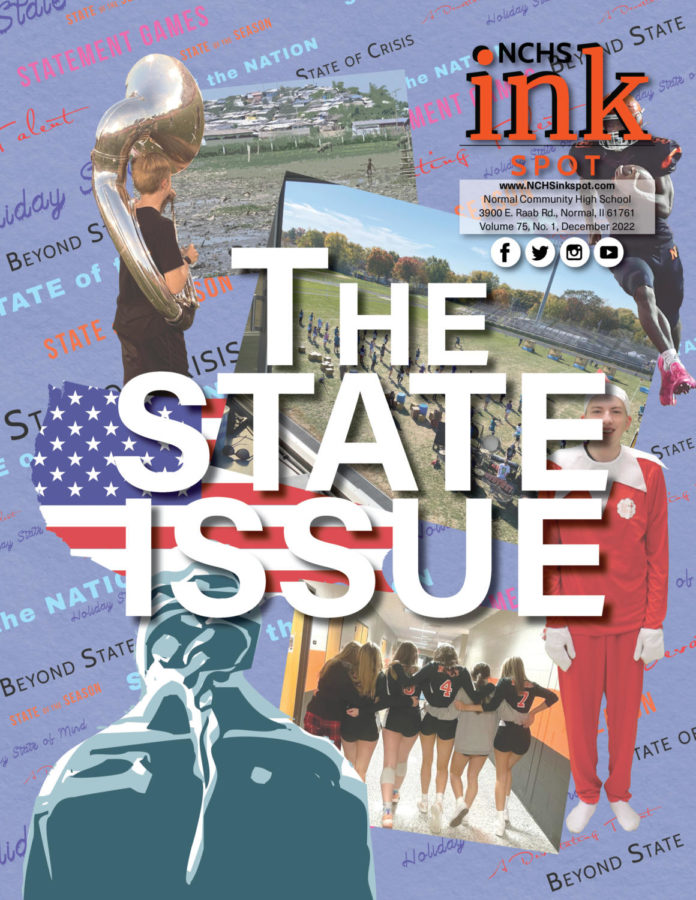When NCHS returned to in-person learning with a hybrid model on Oct. 19, 735 students opted to stay remote. 250 more students would ultimately switch their decision from in-person to fully remote.
Their classmates will soon join their ranks and logging into classes from home.
Unit 5 announced Friday the decision to return to remote learning until at least Monday, Dec. 7. As COVID metrics worsened in McLean County, 63 students and 28 staff members tested positive for COVID according to the most recent data, and 518 students and faculty had quarantined since implementing the hybrid model. The Return to School plan has moved back from Stage 3 to Stage 1, pausing all school-related activities and athletics.
With the transition back to remote learning effective Wednesday, Nov. 18, NCHS students and faculty weigh in on how successful remote learning has been thus far.
For Social Studies teacher Mr. Kevin Shackley, remote learning hasn’t been easy. The fifth-year teacher compared teaching remotely to juggling, adding, “I don’t know how to juggle.”
Orchestra teacher Ms. Melissa Siebenthal shared Shackley’s struggles with teaching remotely. It has “been really, really hard, especially given the nature of orchestra,” Siebenthal said, who conducts on Zoom as muted students play along.
While “every day is a technical difficulty” for Siebenthal. She recognizes that “we’re really in unchartered territory, we’re just kind of pioneers, and it’s groundbreaking, actually, because people have never done this before.”
Remote learning has been less difficult for junior Saishashank Bhagavatula. With “barely any outside distractions,” he has been finishing “a lot of work really quickly through remote learning.”
For Elijah Maze, “as a senior, everyone’s getting that senioritis, but [he’s] going strong” as he “stays on top of assignments.”
However, Maze has noticed this year “you don’t really have a teacher.” Some students are “just watching a video telling [them] how to do” the work, which creates a delay between forming questions and getting them answered.
Students and staff recognize while not ideal, remote learning is not without its benefits.
For Maze, he gets to “show [his] drive.” Being fully remote has taught him to “learn planning” and responsibility.
“It’s like a test to see what you would do without a teacher yelling at you every three seconds,” said Maze.
Shackley said that learning remotely “puts a lot more of the emphasis of learning on the students. They have to advocate for themselves and be more willing to ask questions.”
Principal Dr. Trevor Chapman believes remote learning has taught students more “independent functioning skills.”
“It takes a certain level of maturity and time management to really balance these things from home,” Dr. Chapman said. “Normally, you would have some of those things balanced for you or have some assistance.”
A concern on both sides is building student-teacher relationships, which become harder with students at home.
Shackley tries to treat fully remote students “like they’re all in the room, even though they’re not all physically there.”
Building relationships takes extra work, Shackley said. “You have to be intentional about it. you have to seek out those relationships because otherwise, they don’t really develop.”
Maze’s method towards building those relationships is “just hanging out with them for a little bit and saying, hey, how’s your day?” and getting in as much human interaction as possible.
Dr. Chapman said students have to “really try and connect every possible class period that [they] can.”
Building relationships “is kind of a two-way street,” Dr. Chapman said. “[Students] have to be able to interact, the teacher can’t come to [their] house, ask questions and provide answers when the teacher asks questions.”
For Siebenthal, building relationships with new students has “been a struggle.”
“We’re all playing along together, and it’s just silent. And I just have all these little squares,” Siebenthal said, “it’s much more difficult trying to make sure everybody’s getting what they need.”
This is testing a lot of us just to our absolute limits,” Siebenthal said, “so reach out for help when you need it. But sometimes [you] just have to grind through. If you don’t feel like getting out of bed that day, pushing through can also be that little boost of: ‘Yeah, you know what? I did it, and I can do it again tomorrow.’”


![Community honors longtime coach Mr. Bryan Thomas before Oct. 3 game [photo gallery]](https://nchsinkspot.com/wp-content/uploads/2025/10/Thomas-6-1200x1200.jpg)
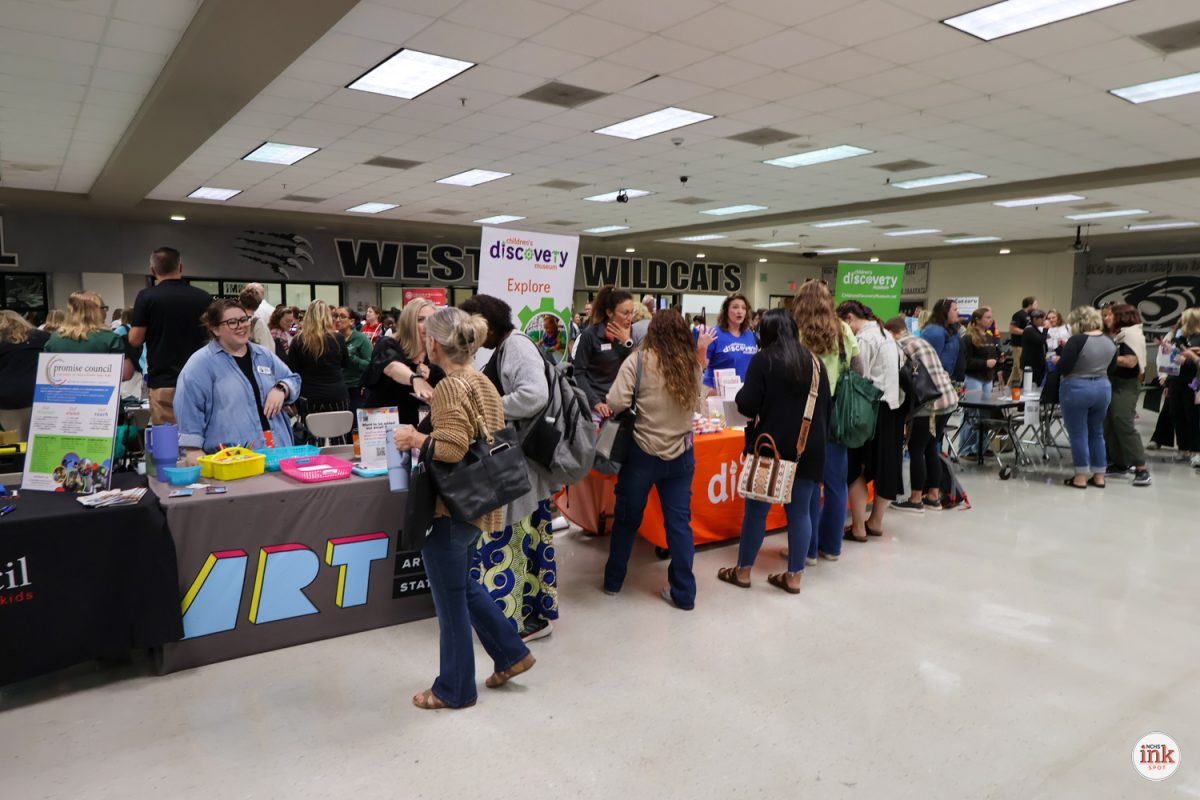

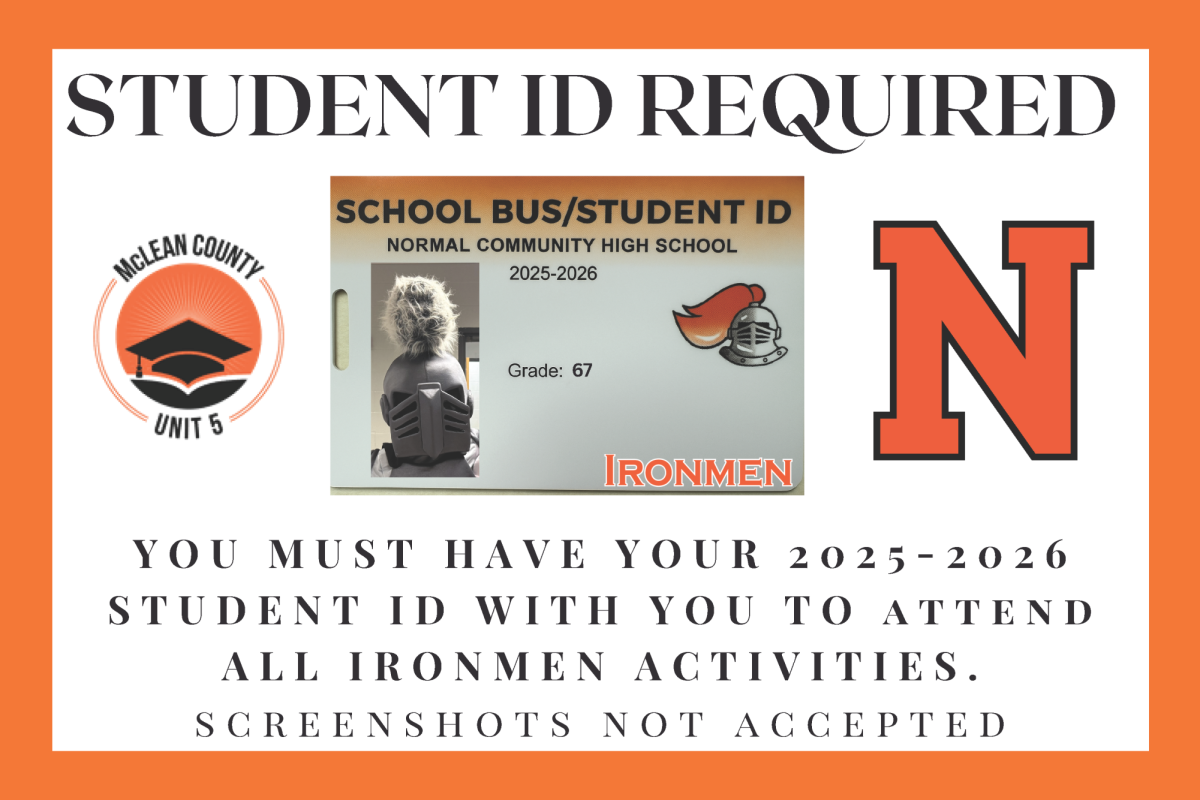


















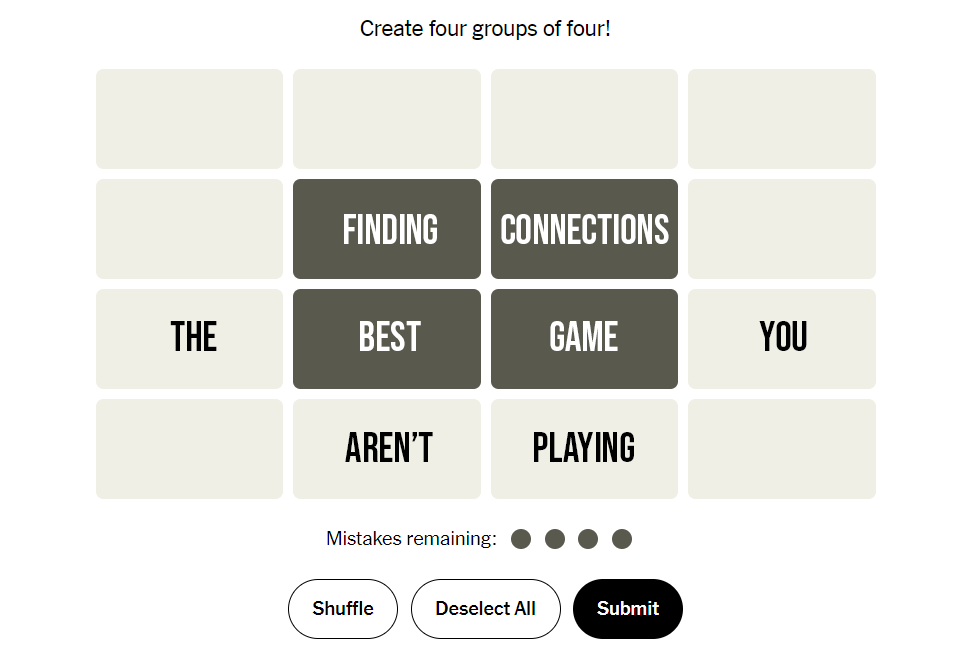

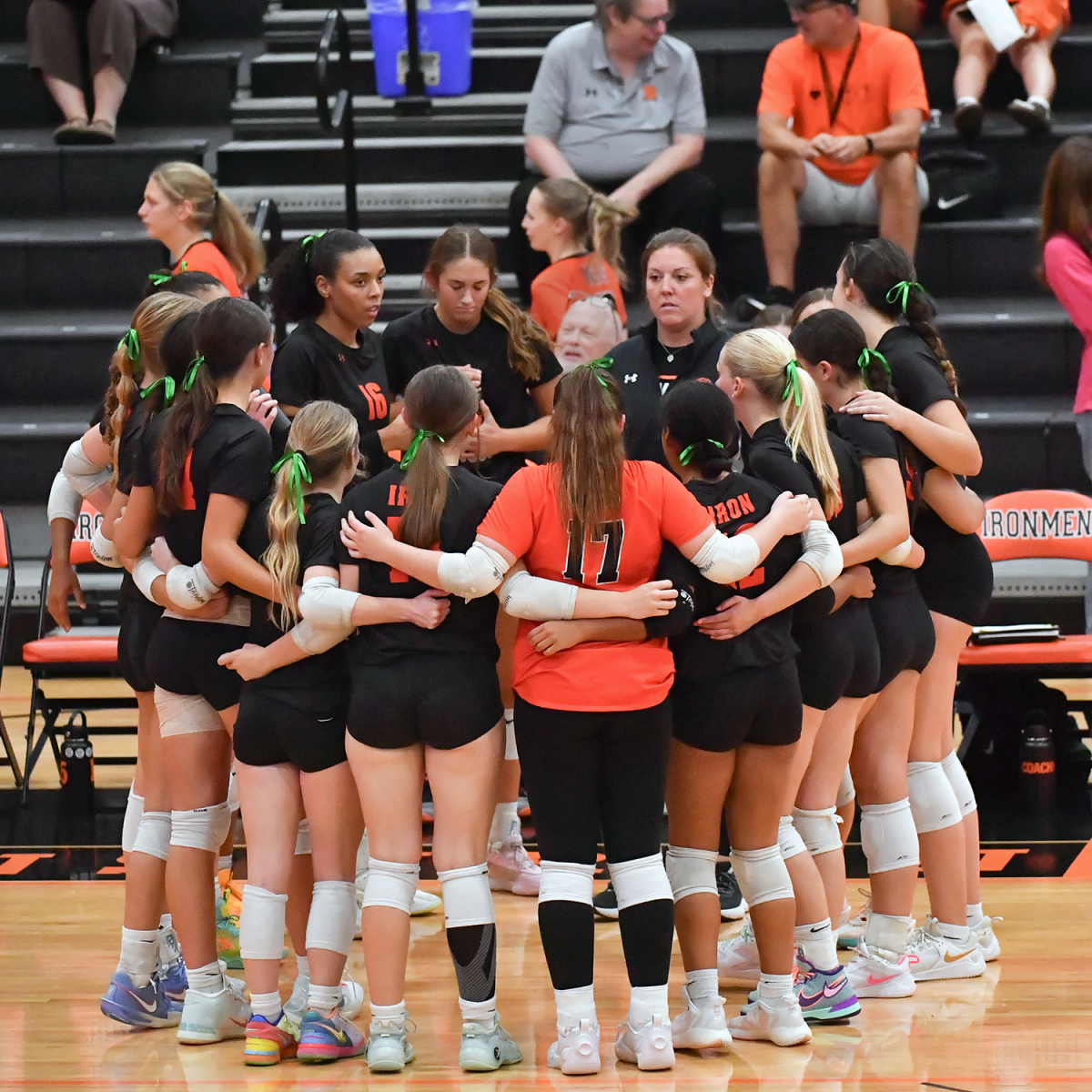
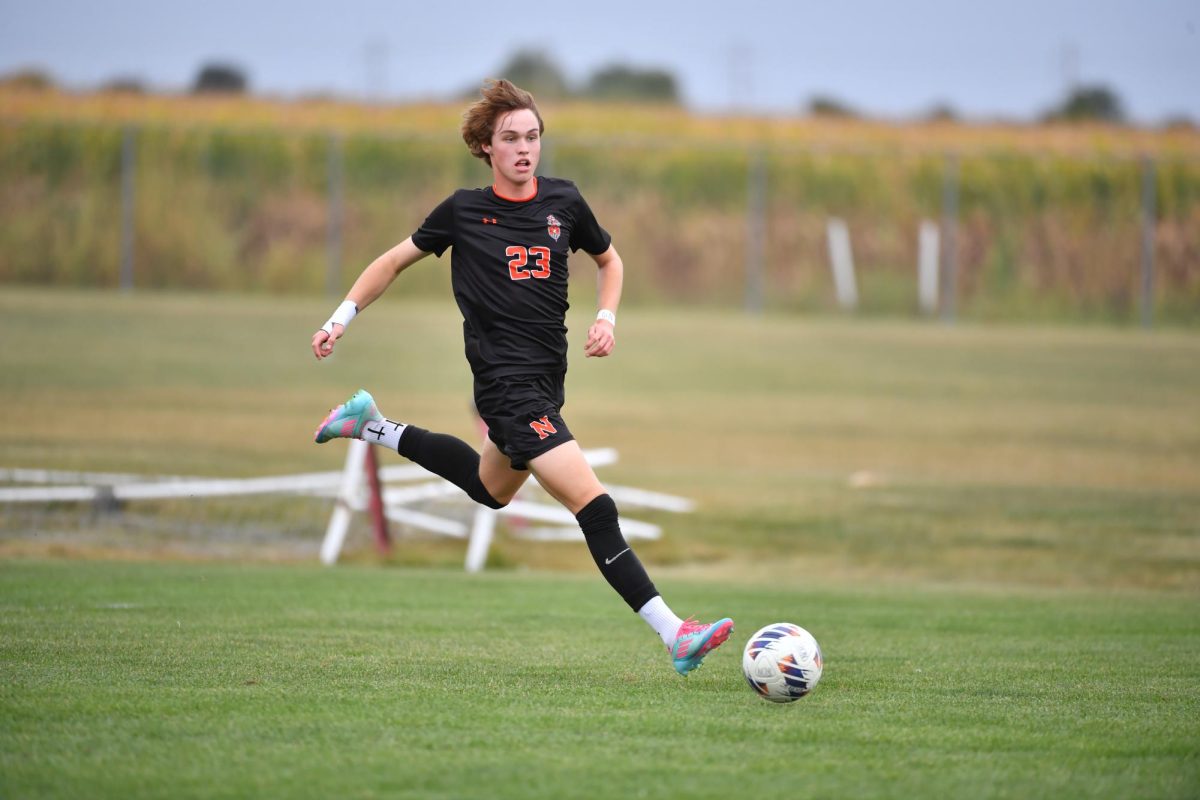
![Ironmen volleball head coach Ms. Christine Konopasek recorded her 400th career victory Oct. 21 as the Ironmen closed their regular season with a 2-0 sweep over Danville.
[Photo Illustration]](https://nchsinkspot.com/wp-content/uploads/2025/10/Vball400Thumb.png)
![Week 9: Coach Drengwitz on Week 8’s win, previewing Peoria High [video]](https://nchsinkspot.com/wp-content/uploads/2025/10/W9_PeoriaThumb.png)
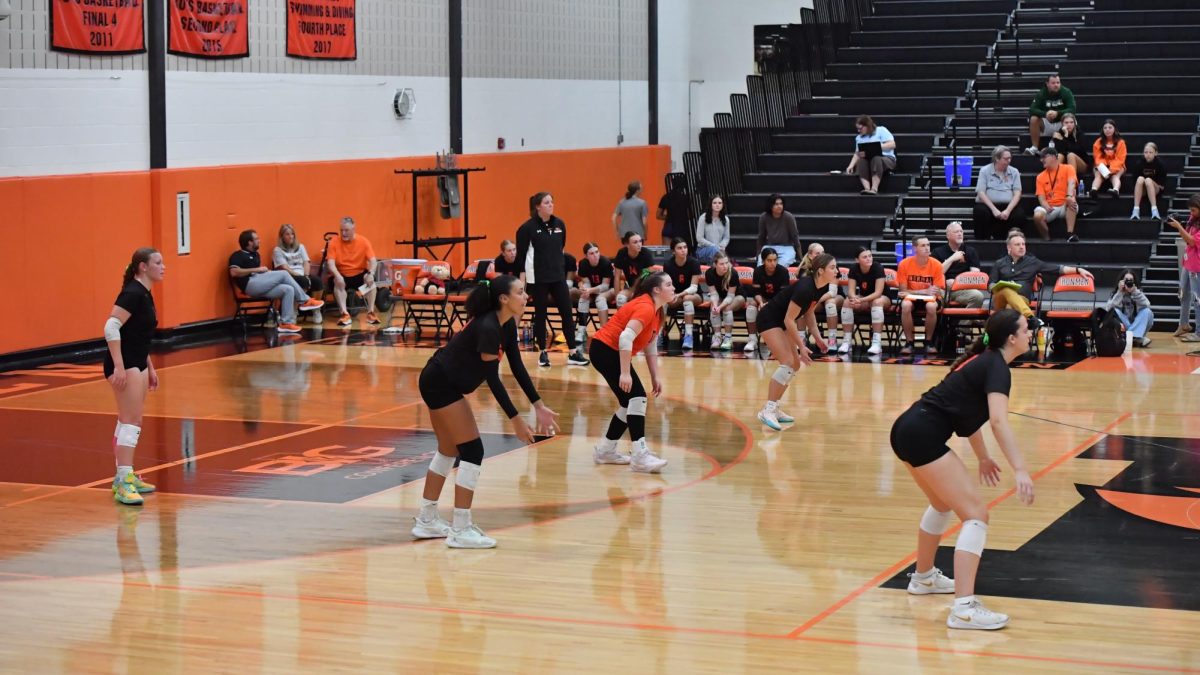

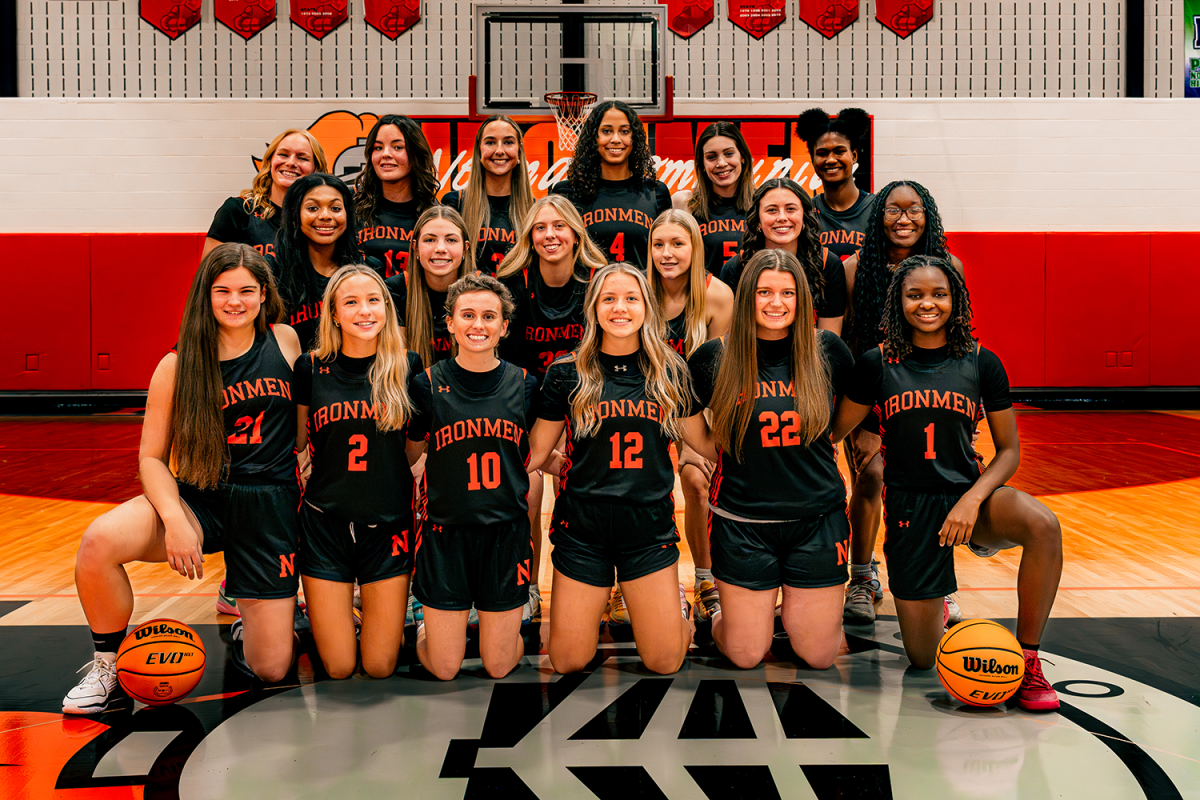


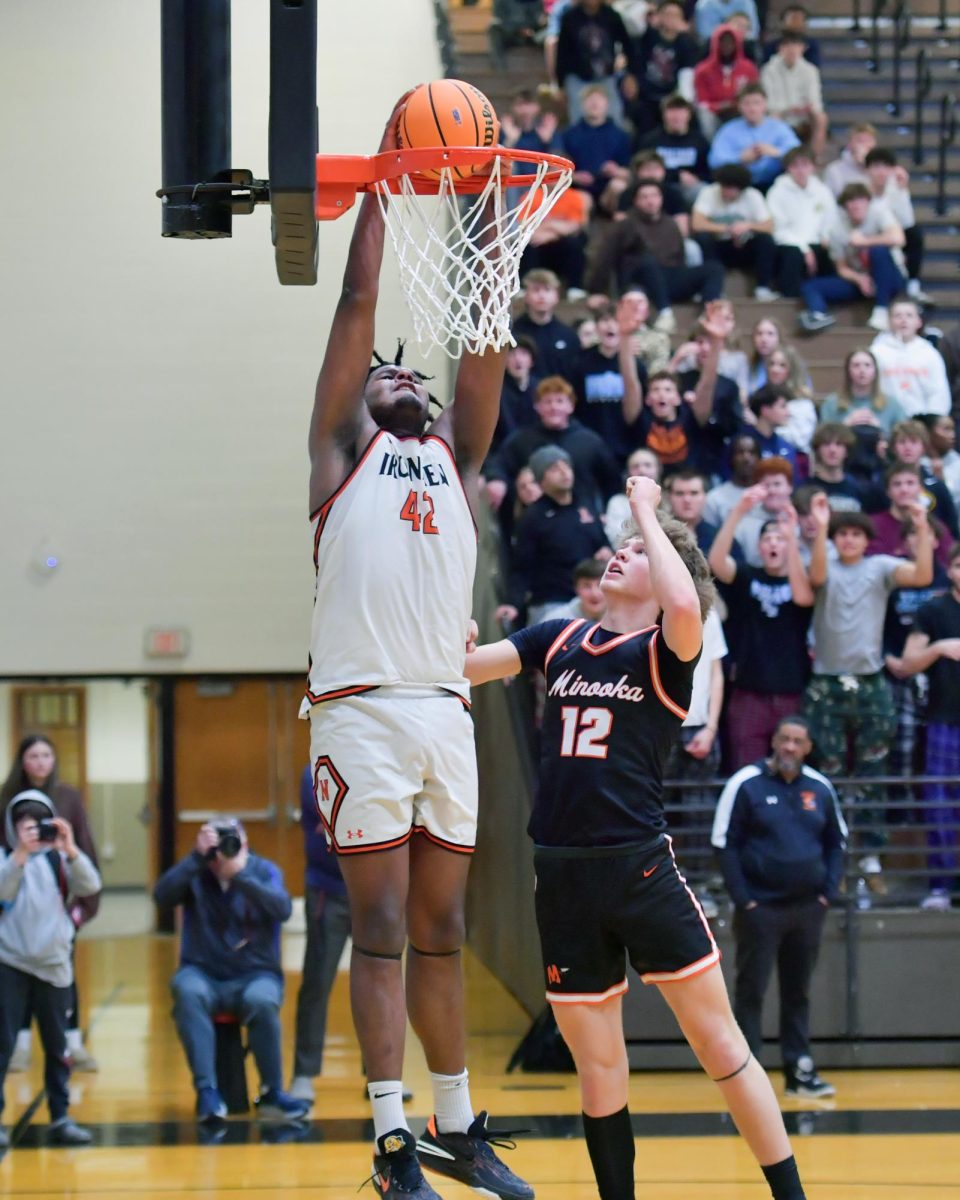


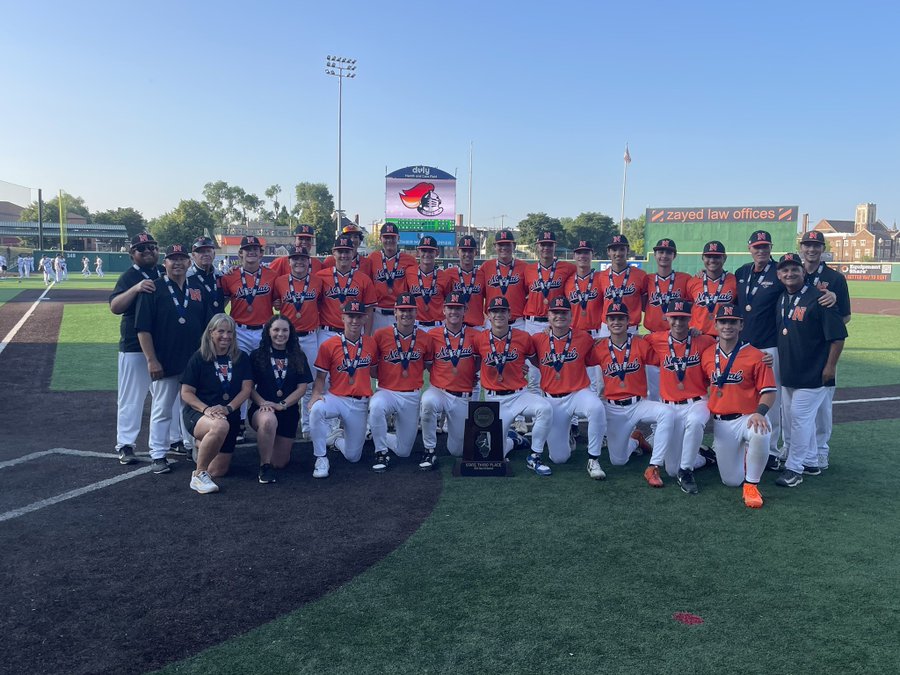

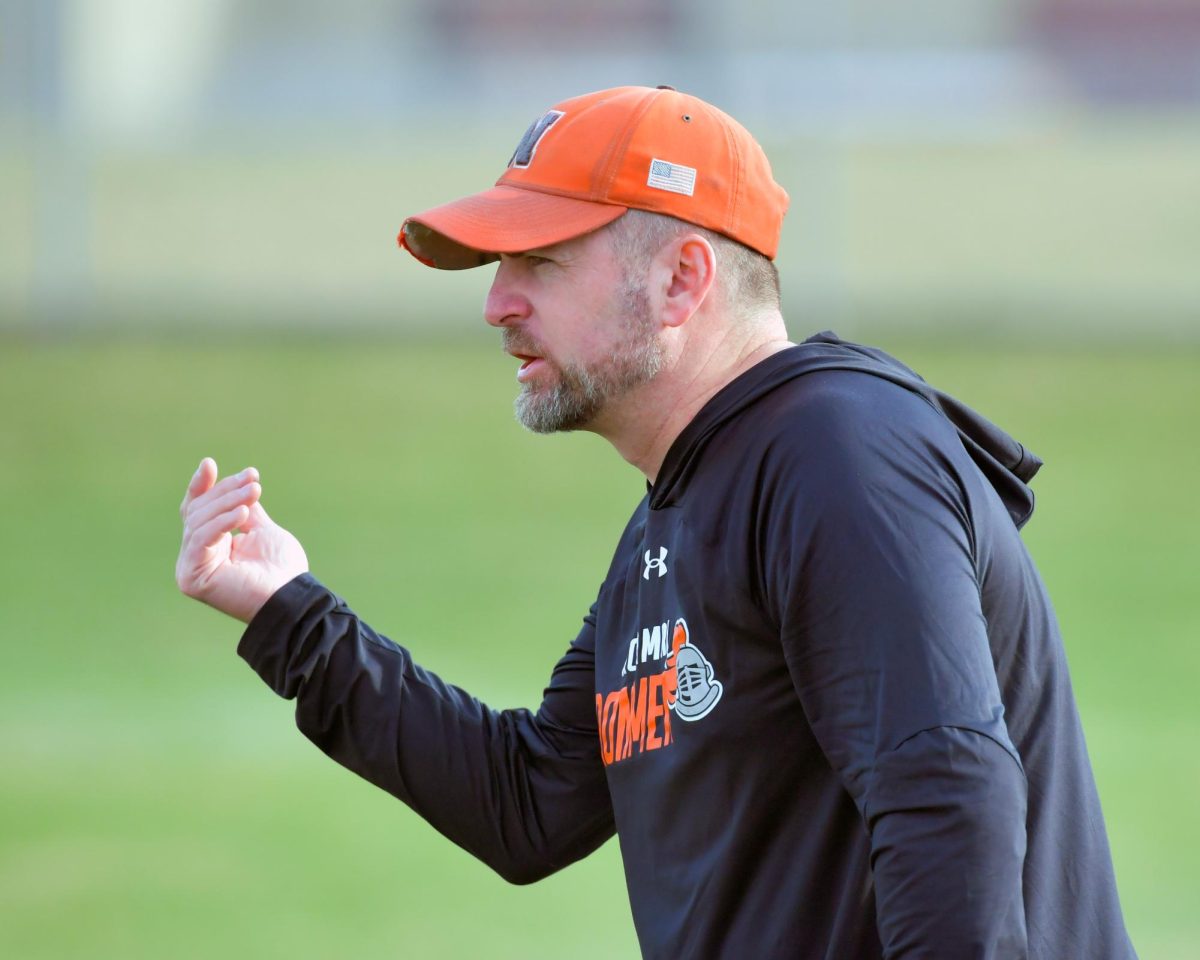

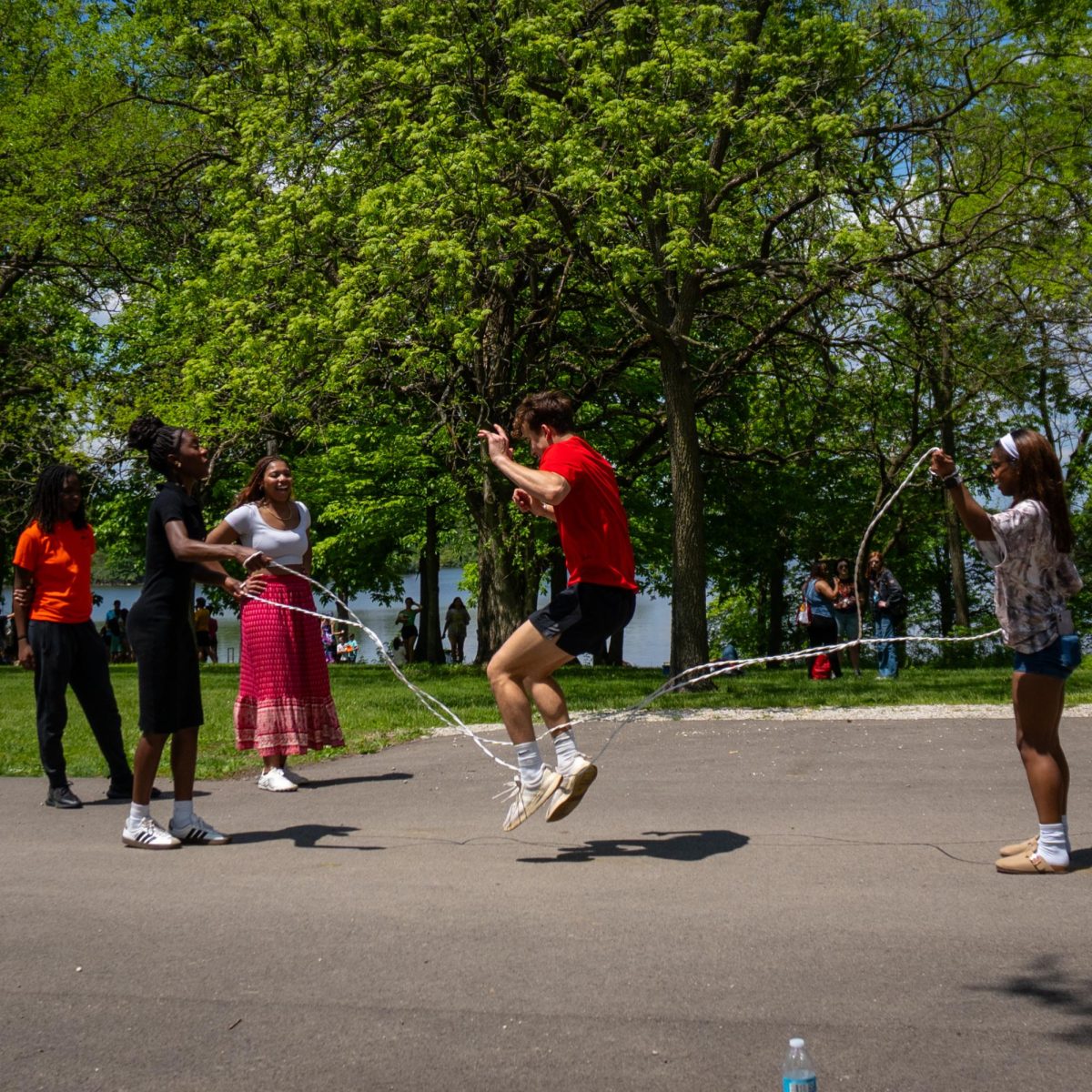
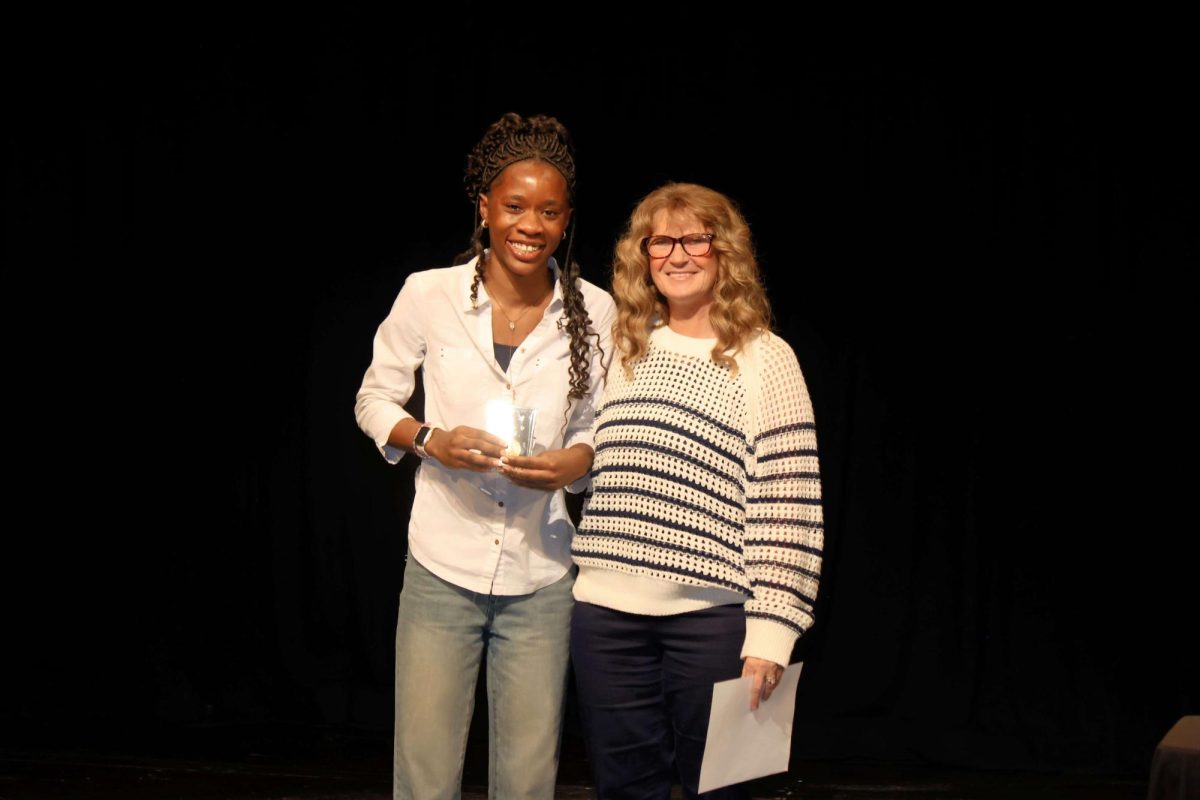

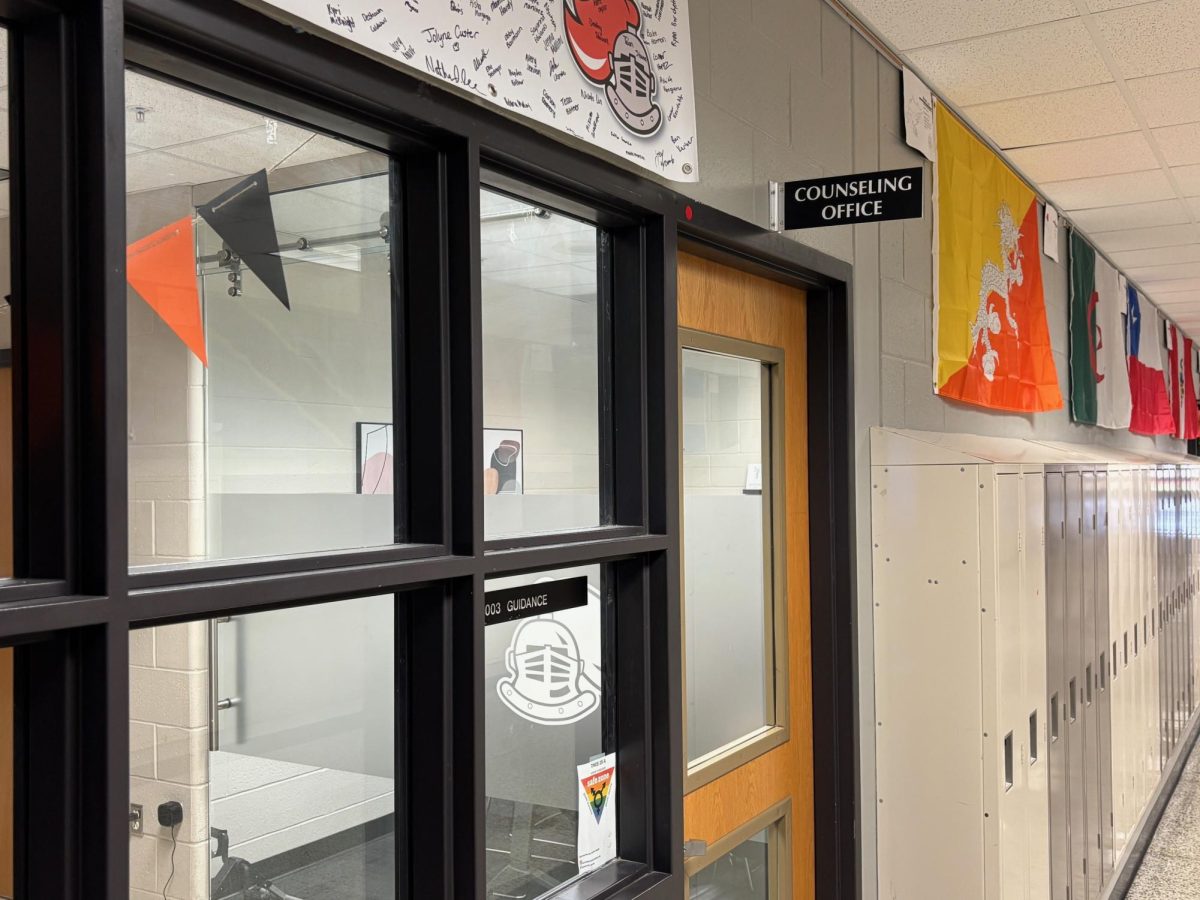

![Halloween candy cross section quiz [quiz]](https://nchsinkspot.com/wp-content/uploads/2022/10/Candy-cover-big-900x675.png)
![Average Jonah? [quiz]](https://nchsinkspot.com/wp-content/uploads/2022/05/average-jonah-900x600.png)


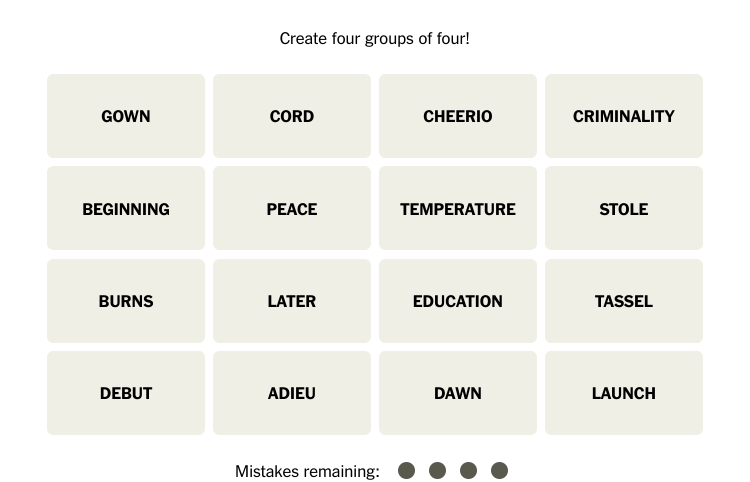
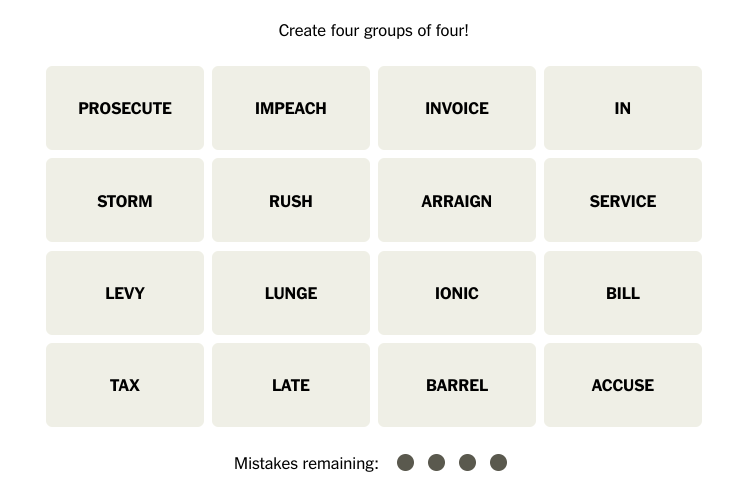
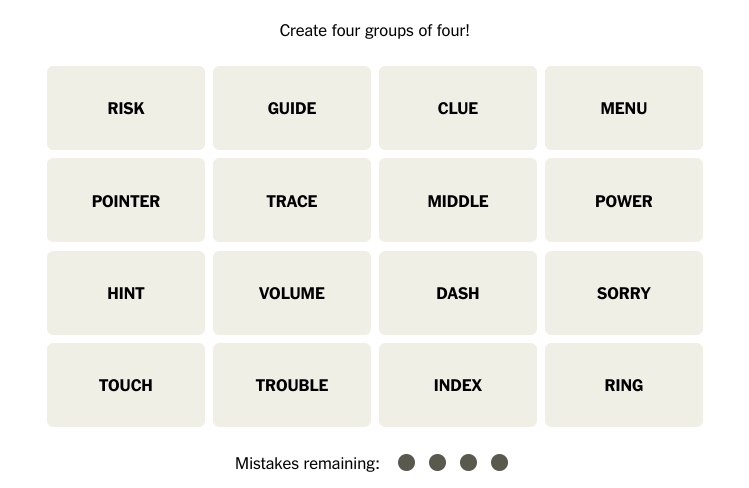
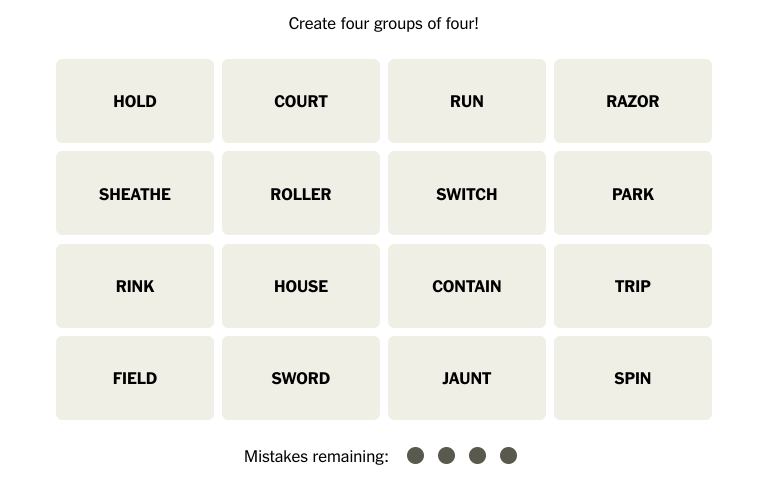

![[Photo Illustration]](https://nchsinkspot.com/wp-content/uploads/2025/09/trigger-words-1.png)










![Postgame: Drengwitz on Community’s 56-6 win over Champaign Centennial; staying unbeaten in Big 12 [video]](https://nchsinkspot.com/wp-content/uploads/2025/10/10.17_FBwChampCent56-6_POST_thumb.png)
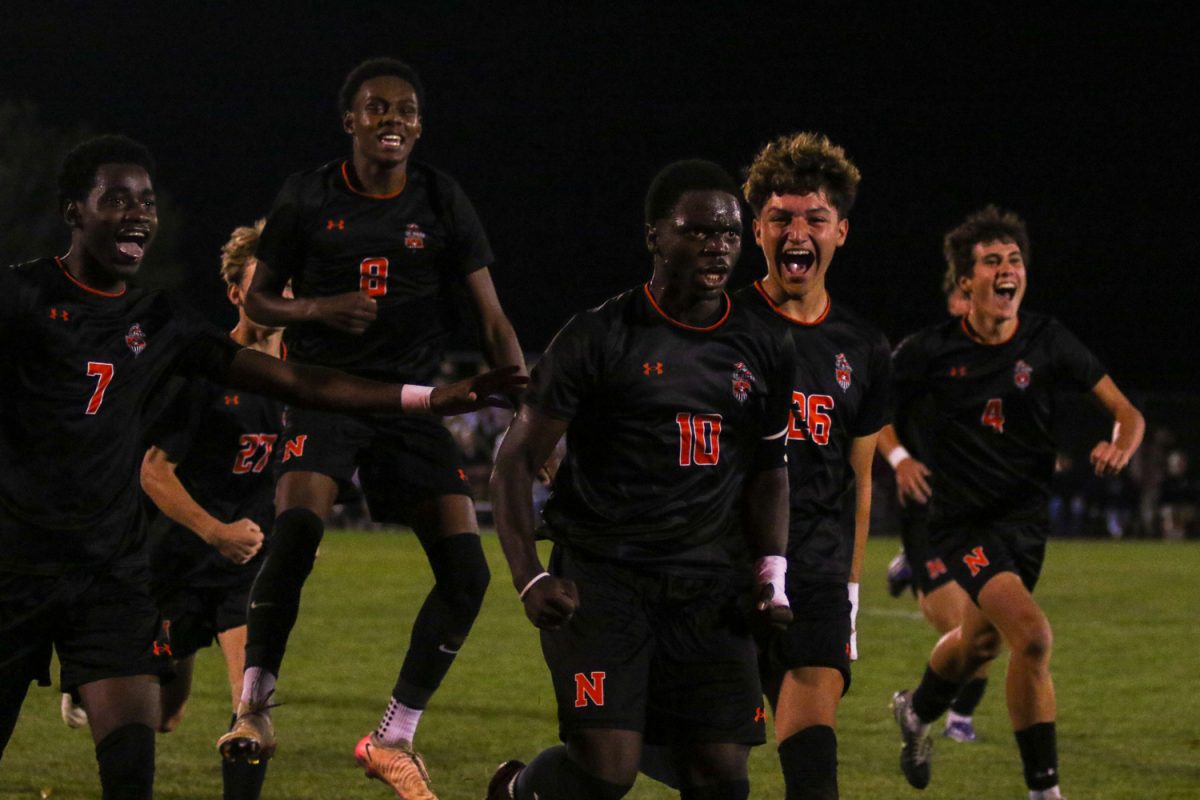





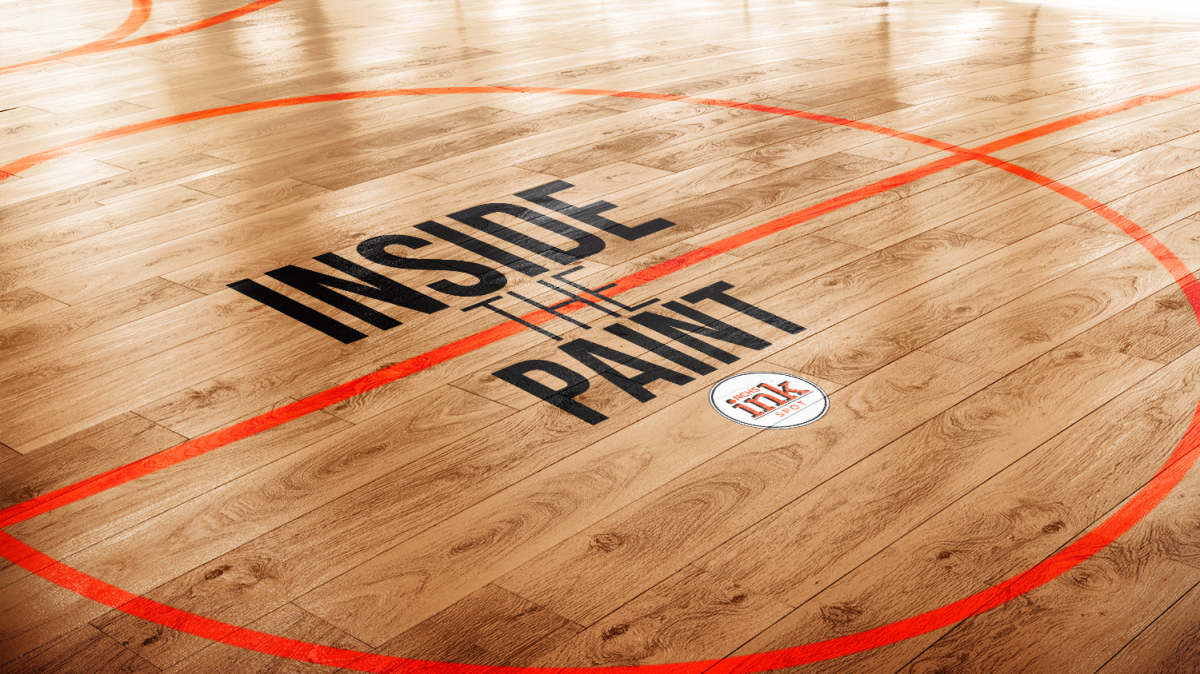
![Week 7: Coach Drengwitz recaps the Ironmen’s win over Bloomington, talks Danville [video]](https://nchsinkspot.com/wp-content/uploads/2025/10/Vikings-feature-Image-1200x675.png)
![On the Spot: This or That – Halloween [video]](https://nchsinkspot.com/wp-content/uploads/2024/10/tot-Halloween-YT-1200x675.png)
![On the Spot: This or That – Fall favorites [video]](https://nchsinkspot.com/wp-content/uploads/2024/10/ots-fall-web-1200x800.png)
![On the Spot – Teachers tested on 2023’s hottest words [video]](https://nchsinkspot.com/wp-content/uploads/2024/01/On-the-Spot-Teachers-tested-1200x675.png)

